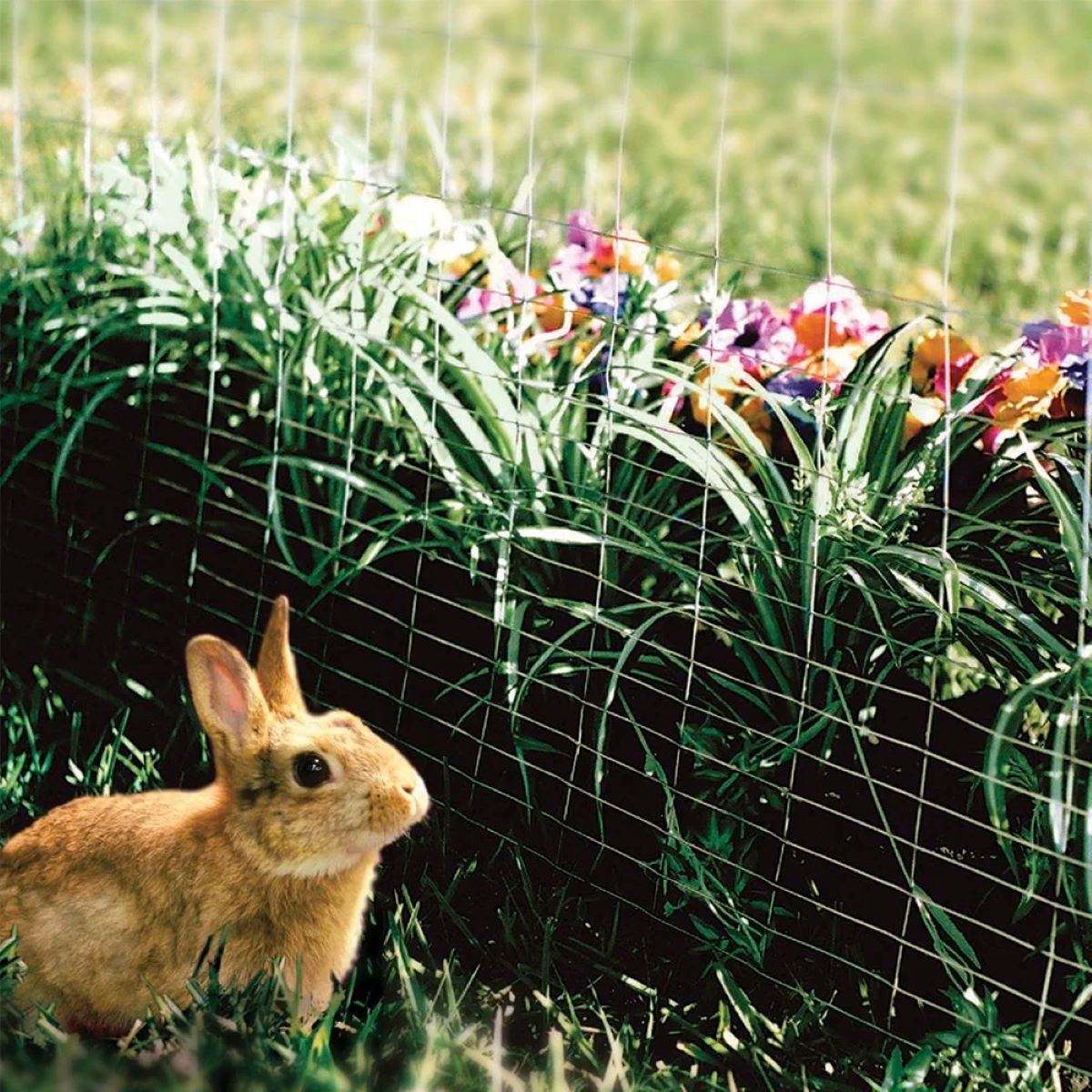

Articles
How High A Fence To Keep Rabbits Out
Modified: August 22, 2024
Discover the ideal height for a rabbit-proof fence with our informative articles. Keep your garden safe from rabbits with the right fencing height.
(Many of the links in this article redirect to a specific reviewed product. Your purchase of these products through affiliate links helps to generate commission for Storables.com, at no extra cost. Learn more)
Introduction
Rabbits are adorable creatures, but they can quickly become a nuisance when they invade our gardens and munch on our precious plants. One of the most effective ways to keep rabbits out of our gardens is by installing a fence. However, deciding on the height of the fence can be a crucial factor in ensuring its success.
In this article, we will explore the factors to consider when determining the height of a rabbit fence and discuss different types of fences that are commonly used. By understanding these key considerations, you will be equipped with the knowledge to make an informed decision on how high your fence needs to be to keep those pesky rabbits out for good.
So, let’s dive in and explore the fascinating world of rabbit fences!
Key Takeaways:
- Protect your garden from rabbits by considering factors like rabbit species, garden size, and surrounding environment when determining the ideal fence height. Choose a fence type that aligns with your preferences and budget for effective rabbit control.
- Maintain an active approach to rabbit control by securing entry points, managing vegetation, using repellents, and exploring long-term solutions. Regularly monitor your fence and adapt your strategies to create a comprehensive defense against rabbits.
Read more: How To Keep Rabbits Out Of My Garden
Factors to Consider
Before deciding on the height of your rabbit fence, there are several factors that you need to take into consideration. These factors will help you understand the behavior and capabilities of rabbits, allowing you to choose an appropriate fence height. Let’s take a closer look at these factors.
1. Rabbit Species: Different rabbit species have varying capabilities when it comes to jumping and climbing. For instance, Eastern Cottontail rabbits can leap up to three feet high, while Jackrabbits are known for their impressive vertical jumps of up to six feet. Understanding the species of rabbits in your area will help determine the fence height needed to keep them out.
2. Garden Size and Layout: Consider the size and layout of your garden or the specific area you want to protect from rabbits. A small garden may require a lower fence compared to a large open area. If your garden has multiple sections or raised beds, make sure to account for the fence height necessary to enclose each area effectively.
3. Surrounding Environment: Take into account the surrounding environment and potential entry points for the rabbits. If your garden is adjacent to open fields or wooded areas, rabbits may have a higher chance of accessing your garden and might require a taller fence to deter them. Additionally, consider any nearby structures like sheds or trees that rabbits could use to jump over the fence.
4. Fence Material: The material of the fence can impact its effectiveness. Rabbits are notorious for burrowing, so it’s important to choose a fence material that extends below ground level to prevent them from digging underneath. Additionally, some materials like wire mesh or solid panels can provide a physical barrier that rabbits cannot easily climb over.
5. Other Garden Pests: Assess if you have other garden pests that may require taller fencing. If you have deer or groundhogs in your area, they may be capable of jumping over shorter fences. In such cases, you might need to consider a taller fence that can address multiple pest control needs.
By considering these factors, you can make an informed decision about the ideal fence height for your specific situation. Remember, the goal is to create a barrier that rabbits cannot easily overcome, while still keeping the aesthetic appeal of your garden intact. In the next section, we’ll explore the different types of fences commonly used to keep rabbits at bay.
Types of Fences
When it comes to rabbit fences, there are several types to choose from, each with its own advantages and considerations. Here are some of the most commonly used types of fences for keeping rabbits out:
1. Wire Mesh Fence: Wire mesh fences are a popular choice for rabbit control. They are typically made of galvanized steel and feature small openings that prevent rabbits from squeezing through. The height of the wire mesh fence can vary, but a minimum height of 2 feet is recommended to deter rabbits from hopping over. Choose a mesh size that is small enough to prevent rabbits from poking their heads through.
2. Electric Fence: An electric fence can be an effective deterrent for rabbits. These fences deliver a mild electric shock when touched, teaching rabbits to stay away from the protected area. Electric fences are more commonly used for larger areas or agricultural fields, where a higher voltage is required. Check your local regulations and safety guidelines before considering an electric fence.
3. Solid Panel Fence: Solid panel fences provide a physical barrier that rabbits cannot easily climb over. These fences can be made of wood, vinyl, or other sturdy materials. Aim for a fence height of at least 2 to 3 feet to deter rabbits from attempting to jump over. Solid panel fences not only keep rabbits out but also provide privacy and aesthetic appeal to your garden.
4. Chicken Wire Fence: Chicken wire is a cost-effective option for smaller gardens or temporary fencing needs. It is made of flexible wire mesh and can be easily installed. However, chicken wire fences alone may not be sufficient for deterring determined rabbits, as they can chew through the wire or squeeze through the openings. Consider combining chicken wire with a stronger fence material for added protection.
5. Invisible Fence: An invisible fence uses an underground wire or wireless technology to create a boundary that rabbits are trained to avoid. This type of fence is often used for pets, but it can also be effective for keeping rabbits out of specific areas. Invisible fences are invisible to the eye, which can help maintain the visual appeal of your garden. However, they require proper training for both rabbits and pets to ensure effectiveness.
These are just a few examples of rabbit fences commonly used to protect gardens from these furry intruders. It’s important to choose a fence type that suits your specific needs, considering factors such as durability, longevity, budget, and the aesthetics of your garden. In the next section, we will discuss the recommended heights for rabbit fences based on different considerations.
A fence at least 2 feet high is recommended to keep rabbits out of your garden. Make sure the fence is buried at least 6 inches underground to prevent them from digging underneath.
Height Recommendations
When it comes to determining the height of your rabbit fence, there are several considerations to keep in mind. While rabbits are excellent jumpers, their jumping abilities vary depending on the species and environmental factors. Here are some general height recommendations based on different considerations:
1. Minimum Height: As a general rule, a minimum fence height of 2 feet is recommended to deter rabbits from hopping over. This height is sufficient to prevent rabbits from easily jumping over and accessing your garden. However, keep in mind that determined rabbits or those that can climb may still attempt to overcome this height.
2. Optimal Height: For most home gardens, a fence height of 3 to 4 feet is considered optimal. This higher fence height provides better protection against rabbits, limiting their ability to jump over and access your plants. This is especially important if you have larger rabbit species or if your garden is located in a high rabbit population area.
3. Taller Fences: In certain situations, you may need to consider taller fence heights. If you have particularly determined rabbits or if your garden is near open fields or heavily wooded areas, a fence height of 5 to 6 feet may be necessary. This taller fence acts as a more formidable barrier, reducing the chances of rabbits successfully clearing it.
4. Raised Beds and Enclosures: If you have raised beds or enclosed areas within your garden, the fence height needed can be lower. For raised beds, a fence height of 1 to 2 feet may be sufficient to keep rabbits out. Similarly, if you have enclosures in your garden, such as a fruit cage or a netted area, a higher fence may not be necessary as the enclosure itself provides an additional barrier.
5. Burrowing Prevention: Remember that rabbits are proficient diggers, and they may try to burrow underneath your fence. To prevent this, consider extending your fence material below ground level or burying wire mesh or other deterrents horizontally along the perimeter. This will create an underground barrier that rabbits cannot easily bypass.
It’s important to note that these height recommendations are general guidelines. The ideal fence height for your situation may vary depending on factors such as rabbit species, garden size, and other environmental factors. Take into consideration the specific challenges you face and adjust the fence height accordingly.
Additionally, ensure that the fence is properly installed and securely anchored to prevent rabbits from pushing it over or finding gaps to squeeze through. Regularly inspect the fence to address any damages or weak areas that may compromise its effectiveness.
By following these height recommendations and paying attention to other preventive measures, you can create a rabbit fence that effectively keeps these furry intruders out of your garden and protects your precious plants.
Additional Considerations
While determining the height of your rabbit fence is crucial, there are some additional factors to consider to enhance its effectiveness. These considerations will help optimize your rabbit deterrent efforts and ensure the success of your garden protection. Here are some additional points to keep in mind:
1. Gate and Entry Points: Pay attention to the gate and any other possible entry points in your fence. It’s essential to ensure that these areas are properly secured and have no gaps or openings that rabbits can exploit. Use sturdy gate latches and consider adding an extra layer of protection, such as chicken wire, to these vulnerable areas.
2. Vegetation and Attractants: Assess the vegetation surrounding your garden and remove any rabbit attractants. Rabbits are predominantly attracted to tender, young growth, so keeping plants well-pruned and removing any fallen fruits or vegetables can help reduce rabbit interest in your garden. Additionally, consider planting rabbit-resistant species or using natural deterrents like strong-smelling herbs or predator urine.
3. Repellents and Scare Tactics: Explore the use of rabbit repellents and scare tactics to further discourage rabbits from entering your garden. There are various commercially available repellents that can be applied to vegetation to make it less appealing to rabbits. You can also implement scare tactics like motion-activated devices, reflective materials, or even a dog or cat presence to create an unwelcome environment for rabbits.
4. Regular Maintenance: Maintain your rabbit fence and regularly inspect it for any damages or weaknesses. Repair or replace any broken fence parts immediately to ensure that the barrier remains intact. Additionally, clear away any vegetation or debris that may accumulate near the fence, as these can provide hiding spots for rabbits or assist them in jumping over.
5. Long-Term Solutions: Consider implementing long-term solutions for rabbit control, such as habitat modifications or exclusion techniques. Modifying the surrounding landscape, such as removing brush piles or reducing rabbit-friendly vegetation, can discourage their presence. Exclusion techniques involve using fencing or netting to enclose your entire property or specific garden areas, creating a more comprehensive barrier against rabbits.
Remember, no deterrent method is foolproof, and determined rabbits may still find ways to breach your defenses. It’s essential to stay vigilant and adapt your tactics as needed to maintain the integrity of your garden protection efforts.
By considering these additional factors and implementing the necessary measures, you can maximize the effectiveness of your rabbit fence and significantly reduce the chances of rabbits ruining your garden. With a well-designed fence and comprehensive prevention strategies, you can enjoy a thriving and rabbit-free garden throughout the year.
Conclusion
Protecting your garden from pesky rabbits requires careful consideration of various factors, including the height of your fence. By understanding the behavior and capabilities of rabbits, you can determine the appropriate fence height to keep them out effectively.
Factors such as rabbit species, garden size and layout, surrounding environment, fence material, and the presence of other garden pests all play a role in determining the ideal fence height. Consider these factors to make an informed decision that suits your specific situation.
There are several types of fences commonly used for rabbit control, including wire mesh, electric fences, solid panel fences, chicken wire, and invisible fences. Choose a fence type that aligns with your preferences, budget, and the needs of your garden.
Based on general recommendations, a fence height of at least 2 feet is the minimum requirement, while a height of 3 to 4 feet is considered optimal for most home gardens. However, certain circumstances may necessitate taller fences, such as high rabbit populations or areas near open fields or wooded regions.
Additional considerations such as securing gates and entry points, managing vegetation and attractants, using repellents and scare tactics, regular maintenance, and exploring long-term solutions will enhance the effectiveness of your rabbit deterrent efforts.
Remember that no method is foolproof, so it’s important to remain vigilant and adapt your strategies as needed. Regularly monitor your fence, address any damages, and employ a combination of tactics to create a comprehensive defense against rabbits.
By implementing the right fence height, incorporating additional preventive measures, and maintaining an active approach to rabbit control, you can enjoy a thriving garden without the interference of these furry invaders.
With proper planning and a well-designed rabbit fence, you can protect your plants, preserve your garden’s beauty, and create a peaceful sanctuary where you can enjoy the fruits of your labor without the presence of unwanted rabbits.
Frequently Asked Questions about How High A Fence To Keep Rabbits Out
Was this page helpful?
At Storables.com, we guarantee accurate and reliable information. Our content, validated by Expert Board Contributors, is crafted following stringent Editorial Policies. We're committed to providing you with well-researched, expert-backed insights for all your informational needs.
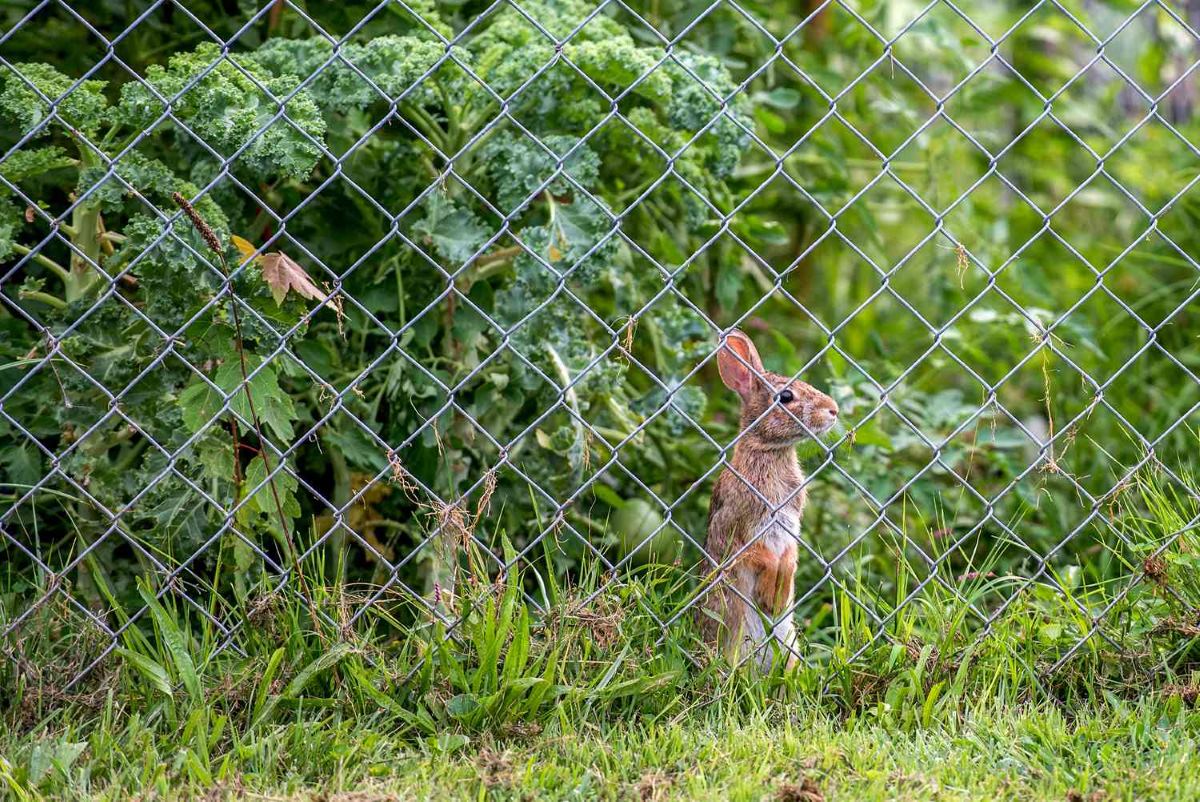
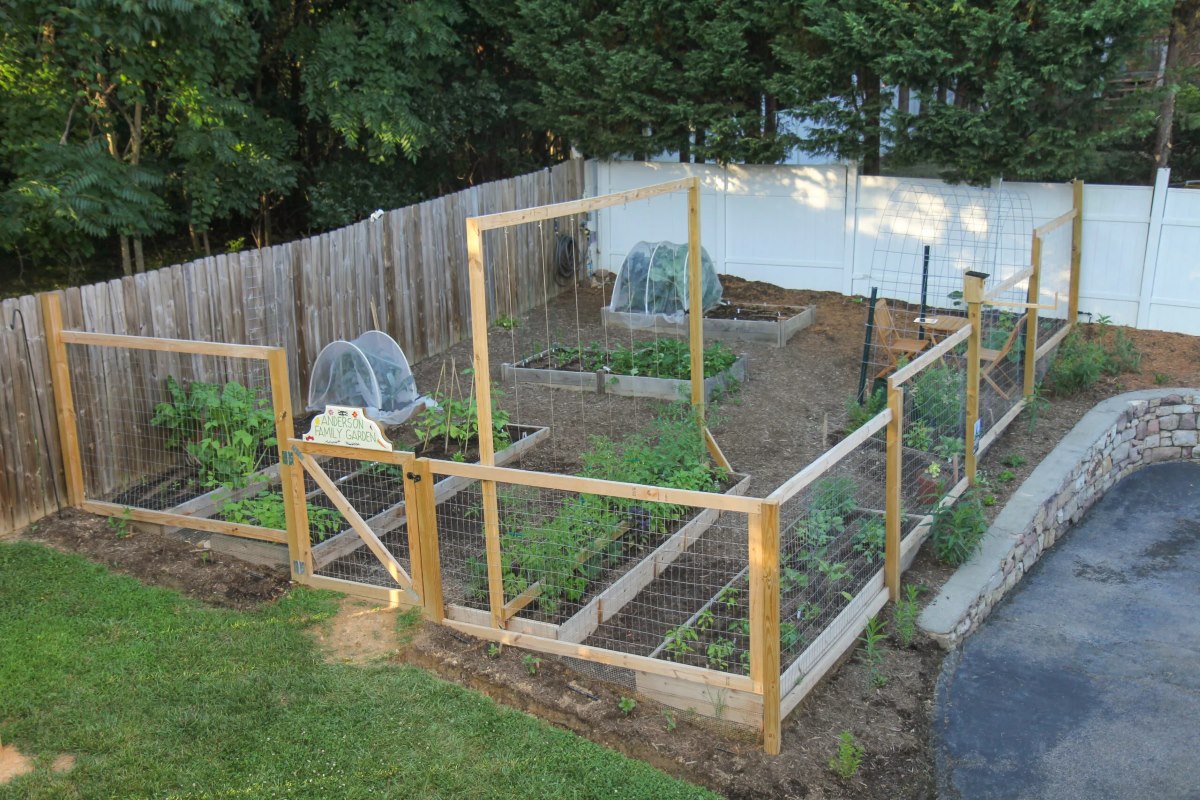
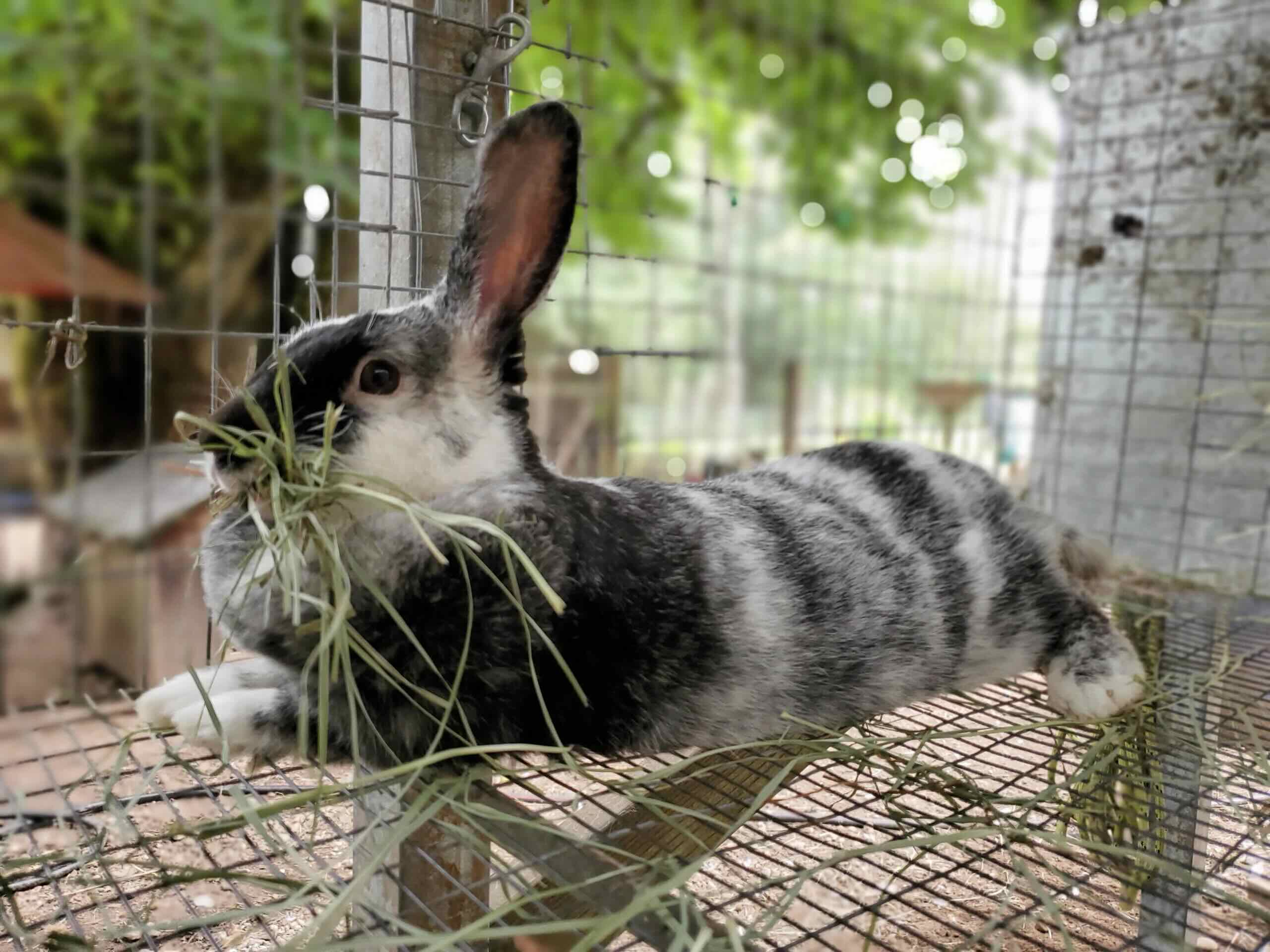
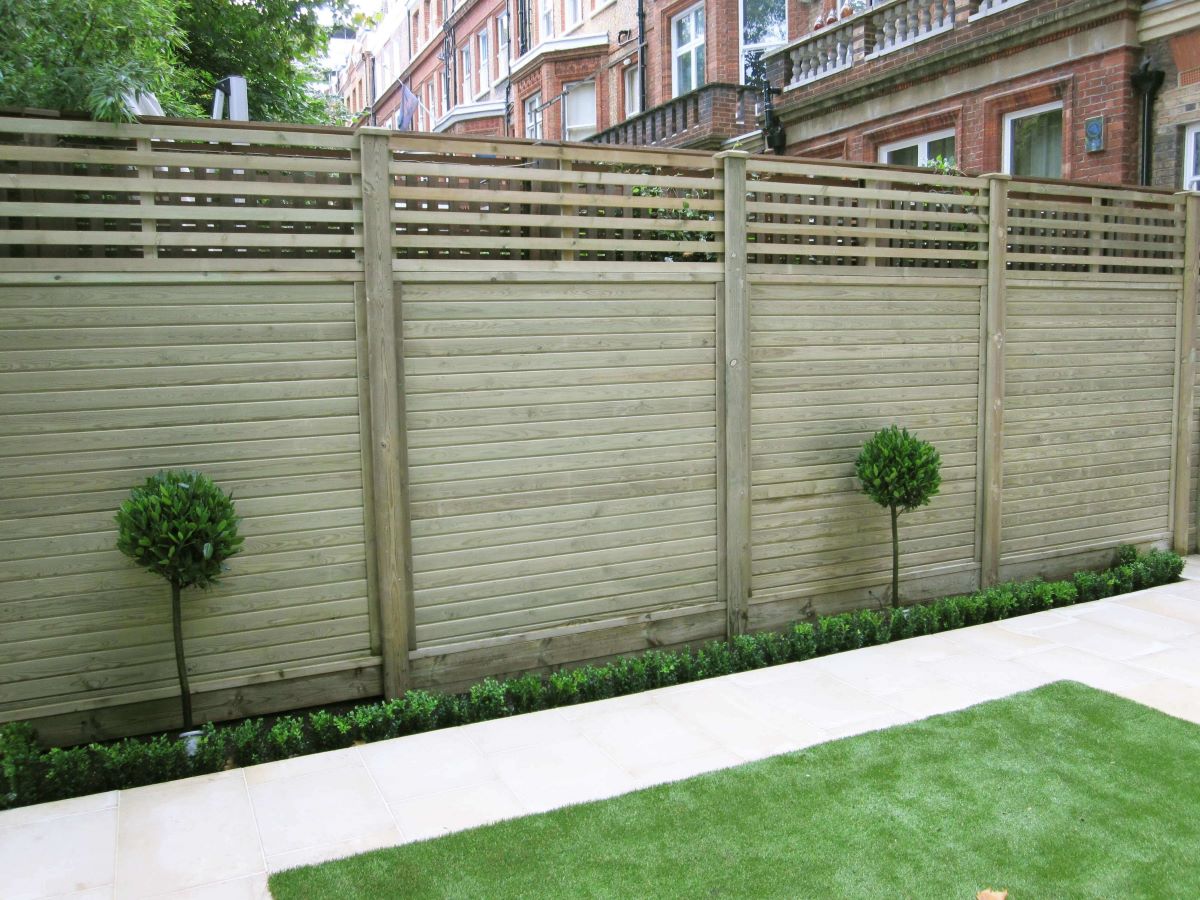
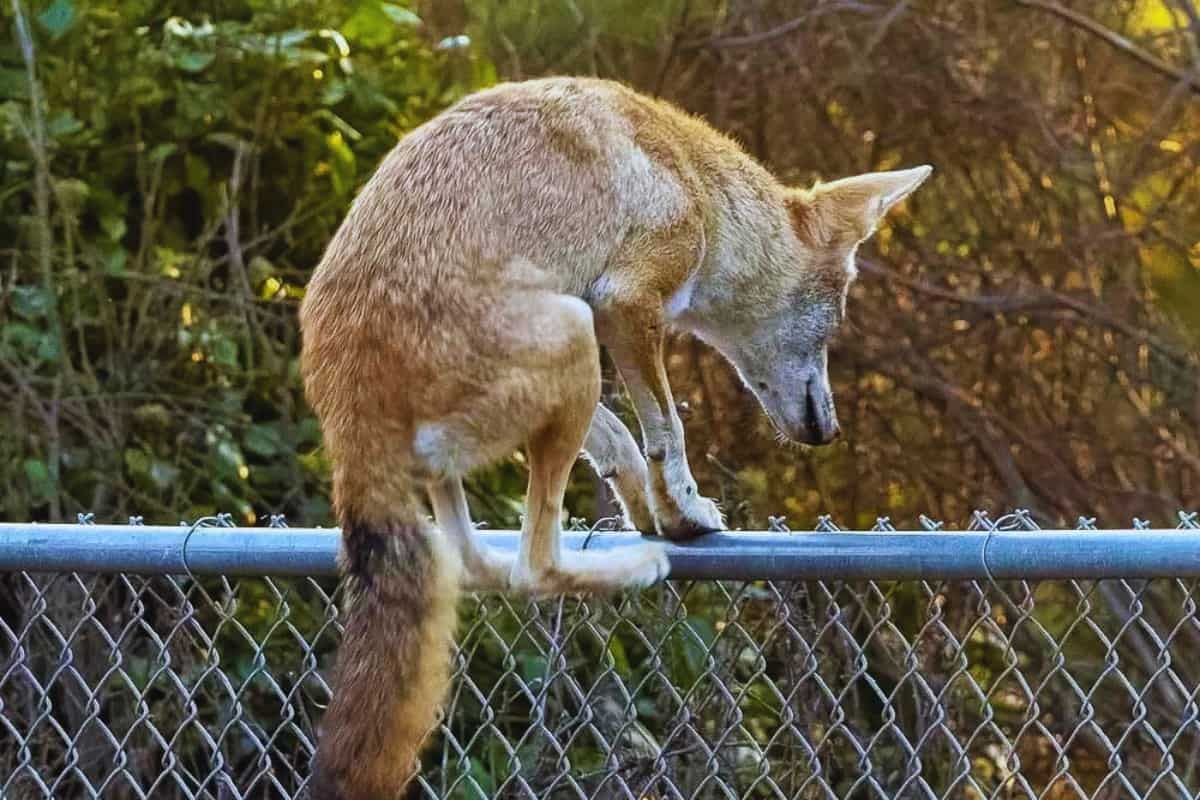
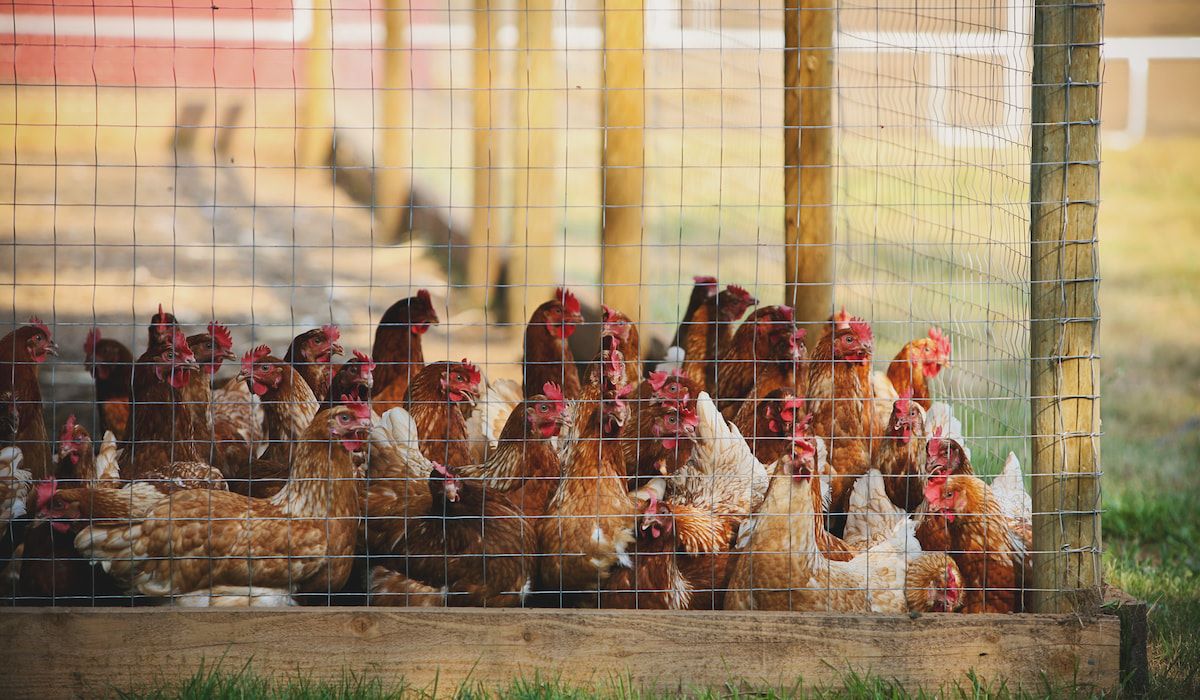

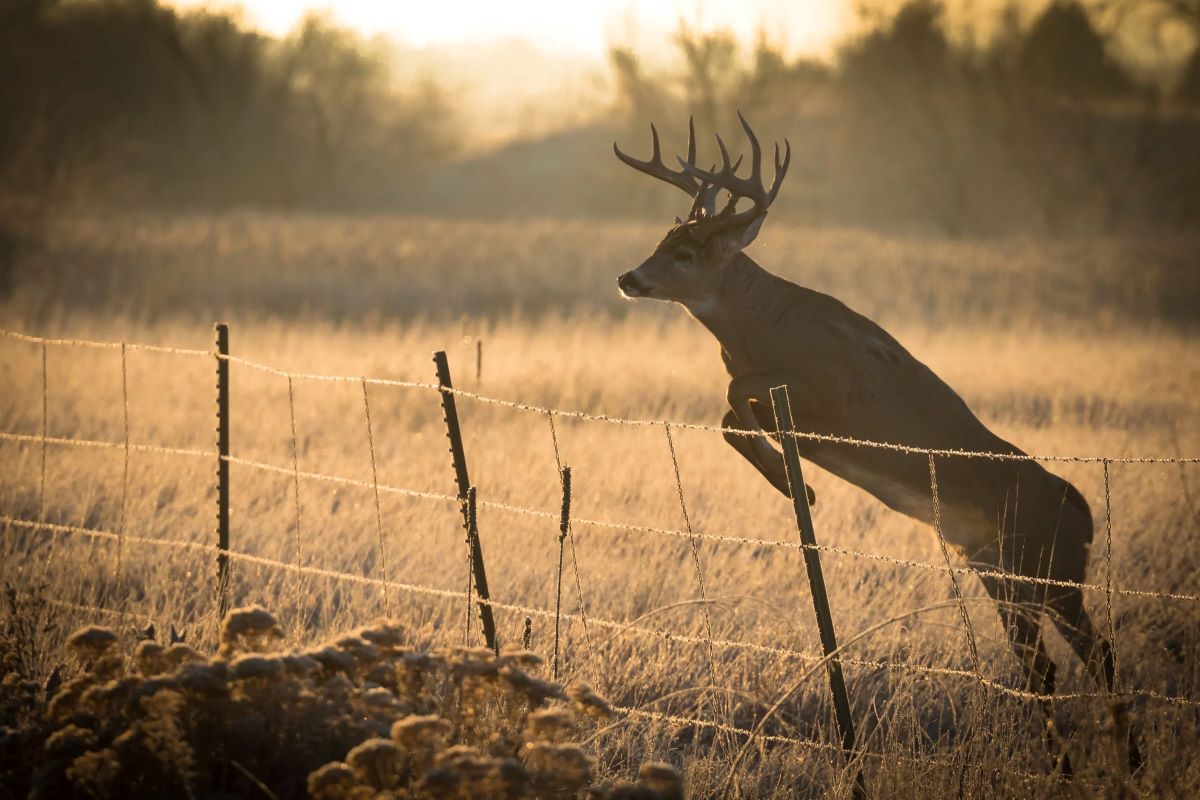

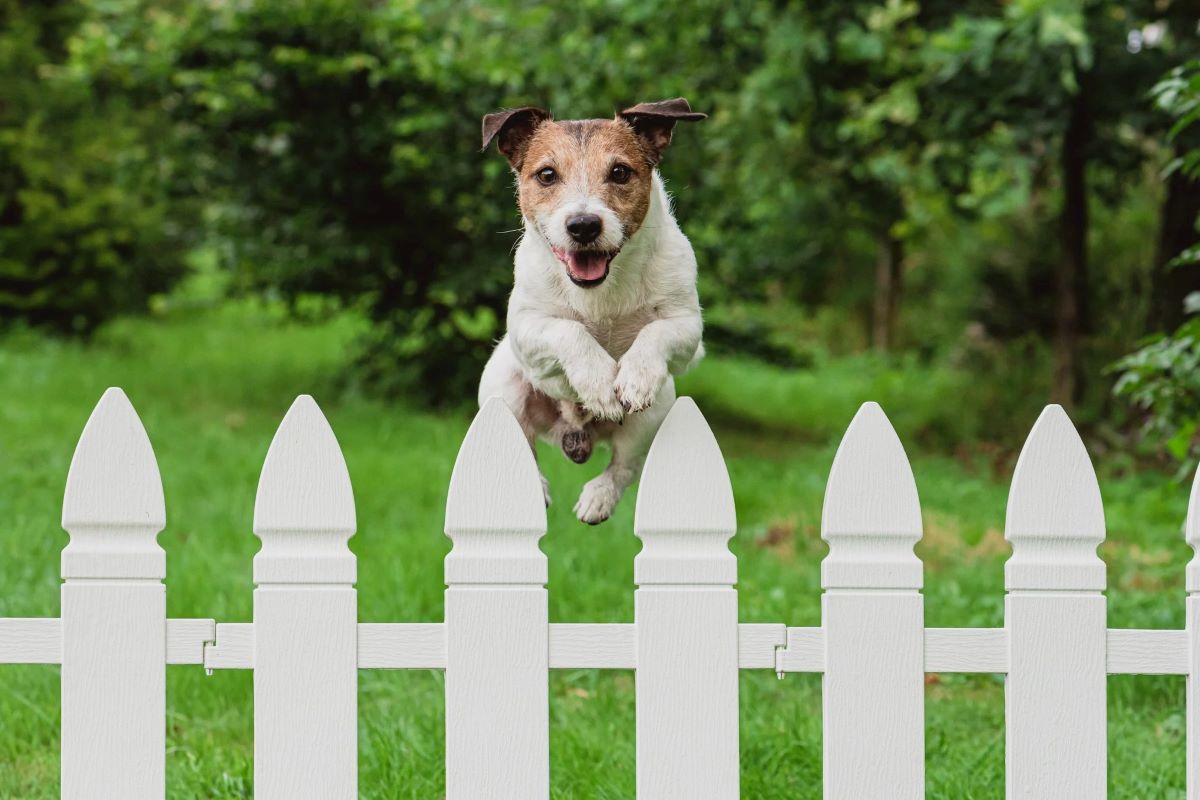

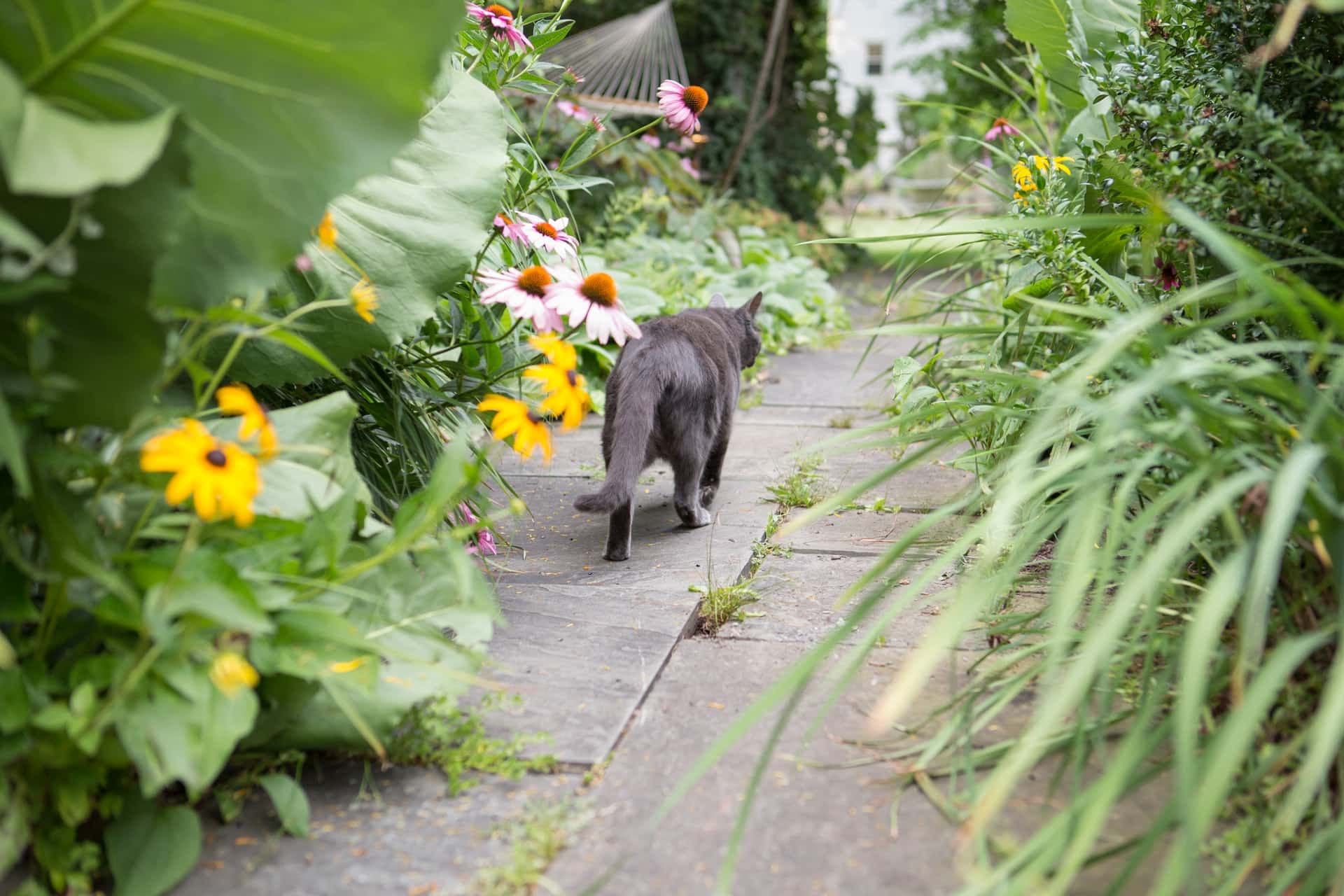
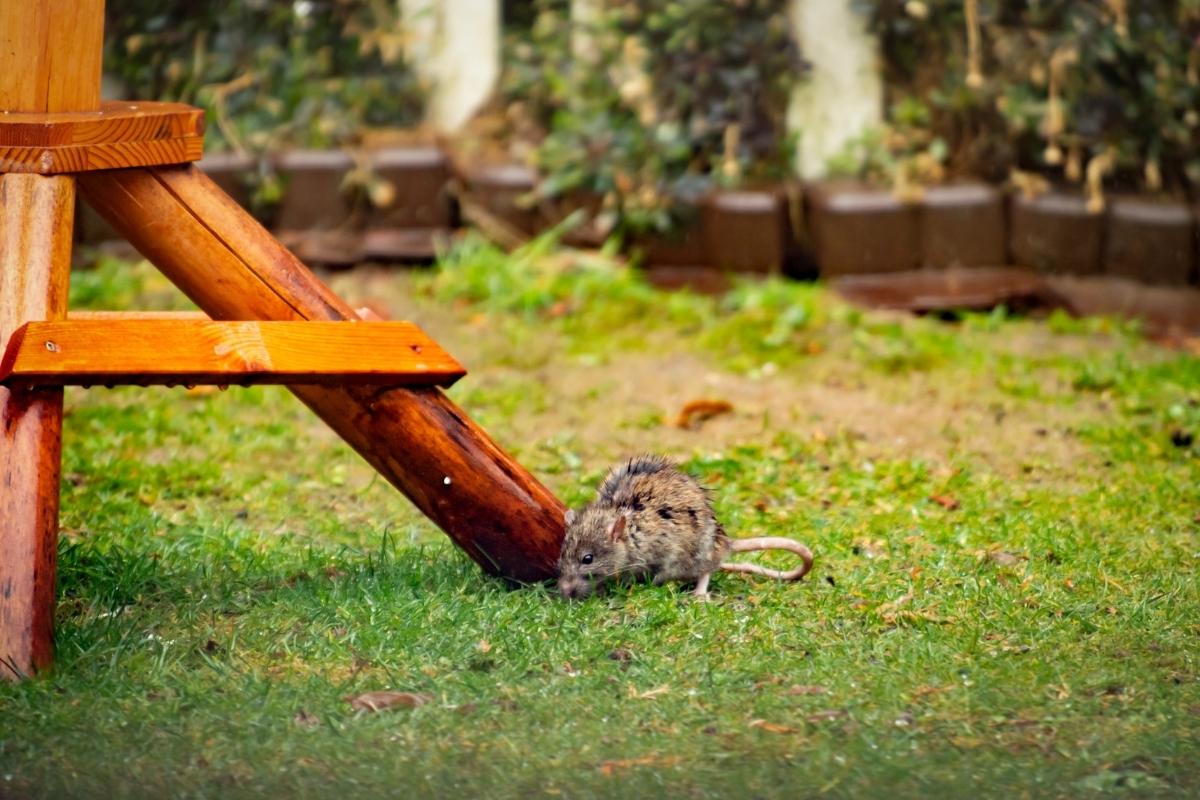


0 thoughts on “How High A Fence To Keep Rabbits Out”